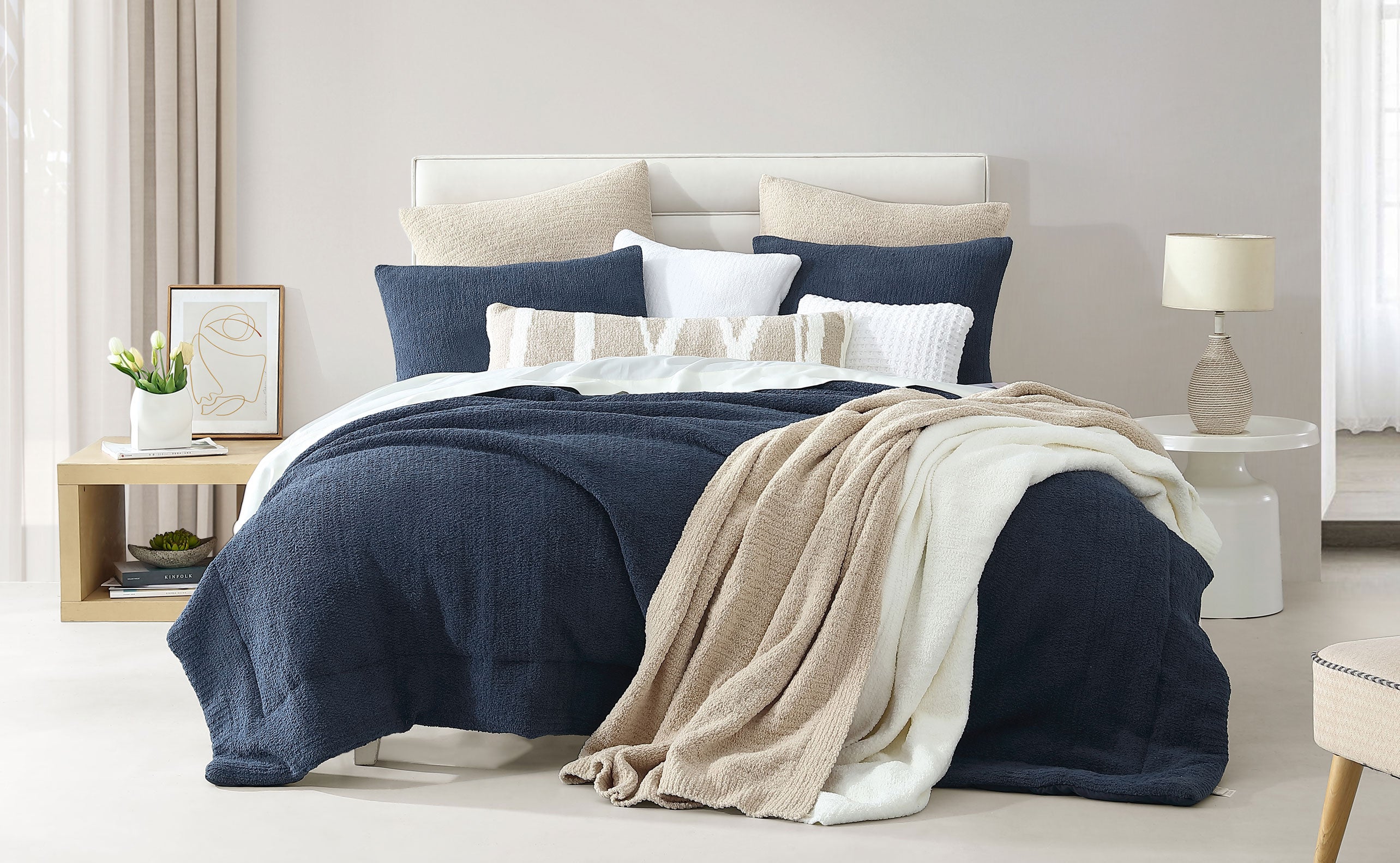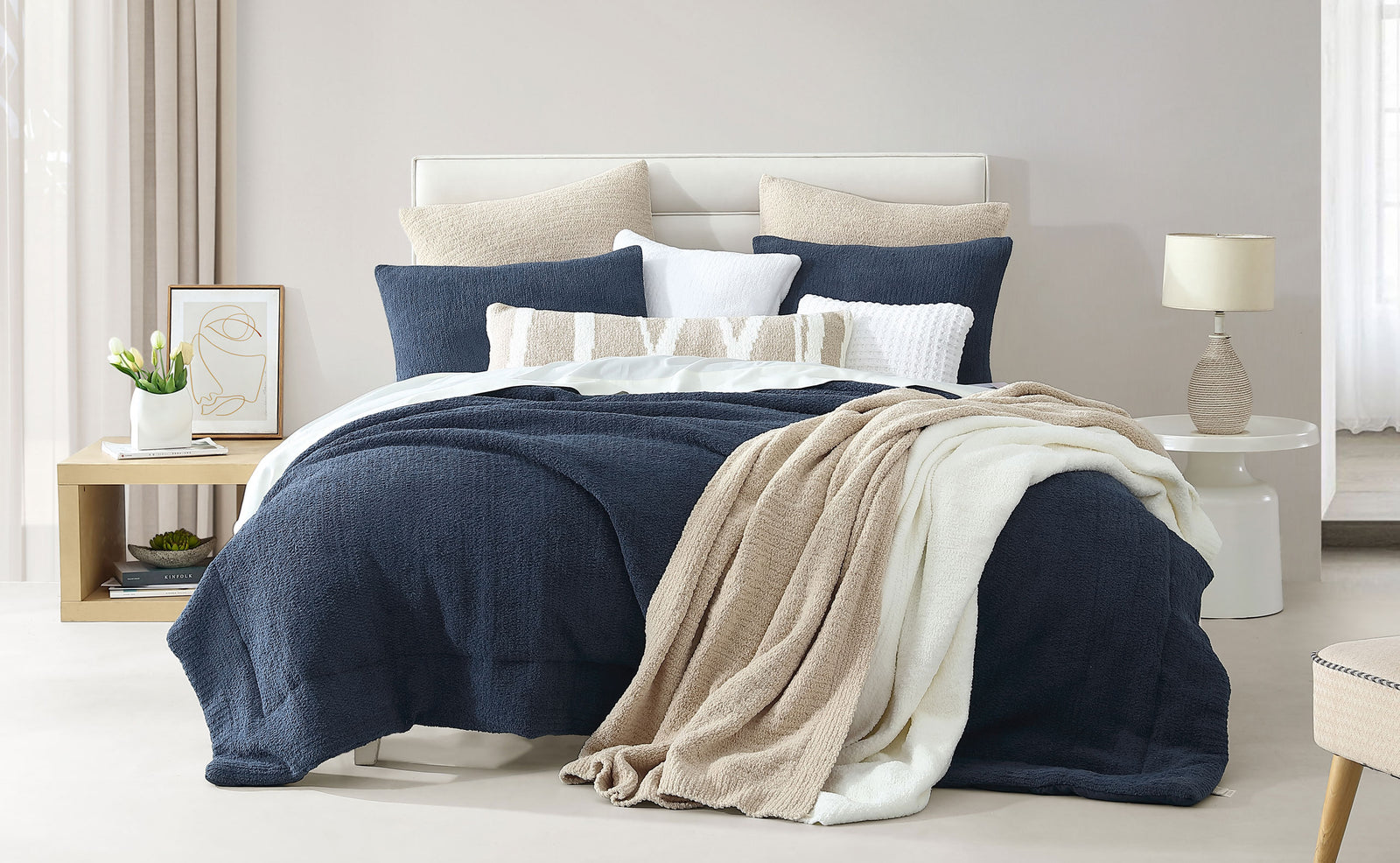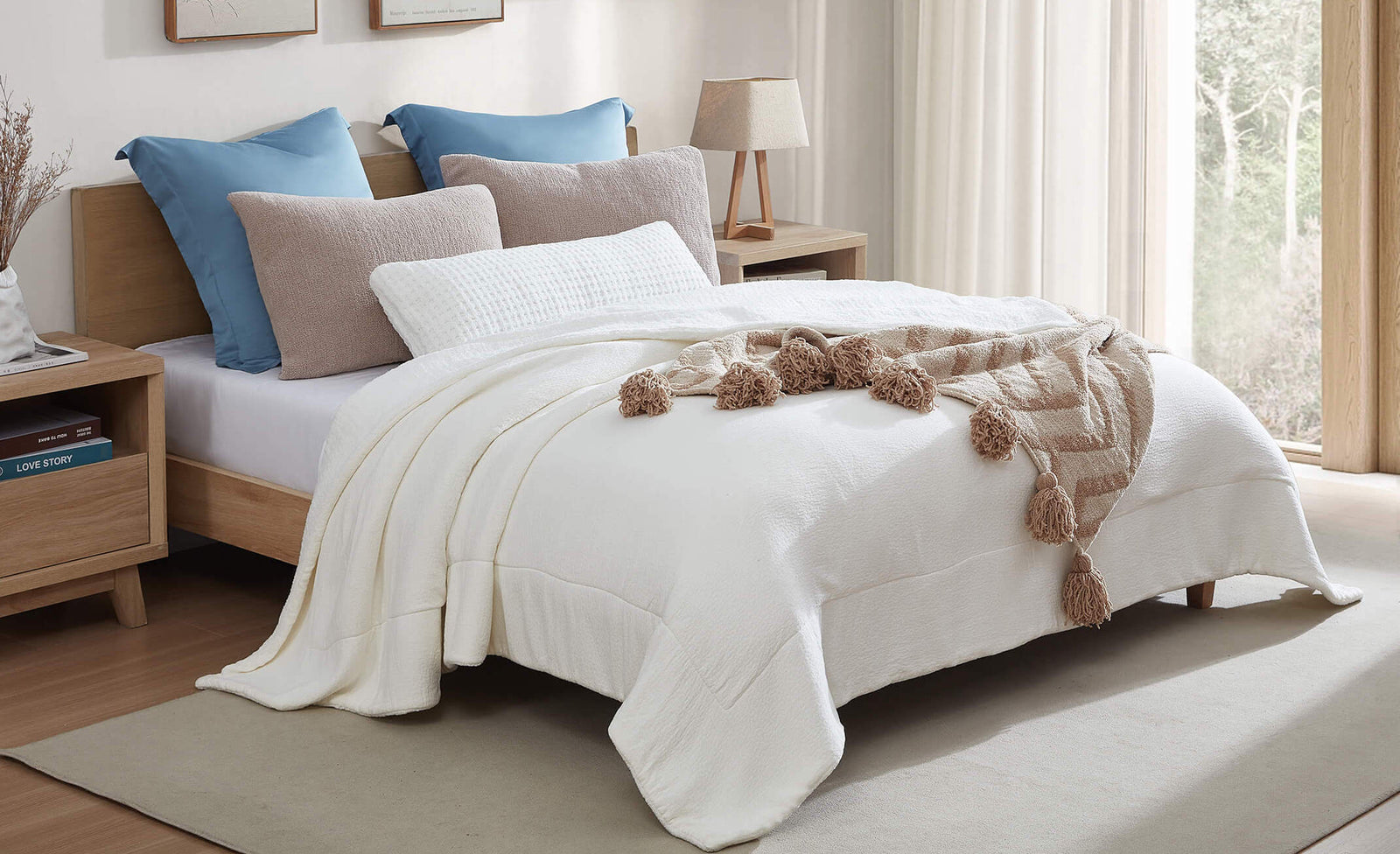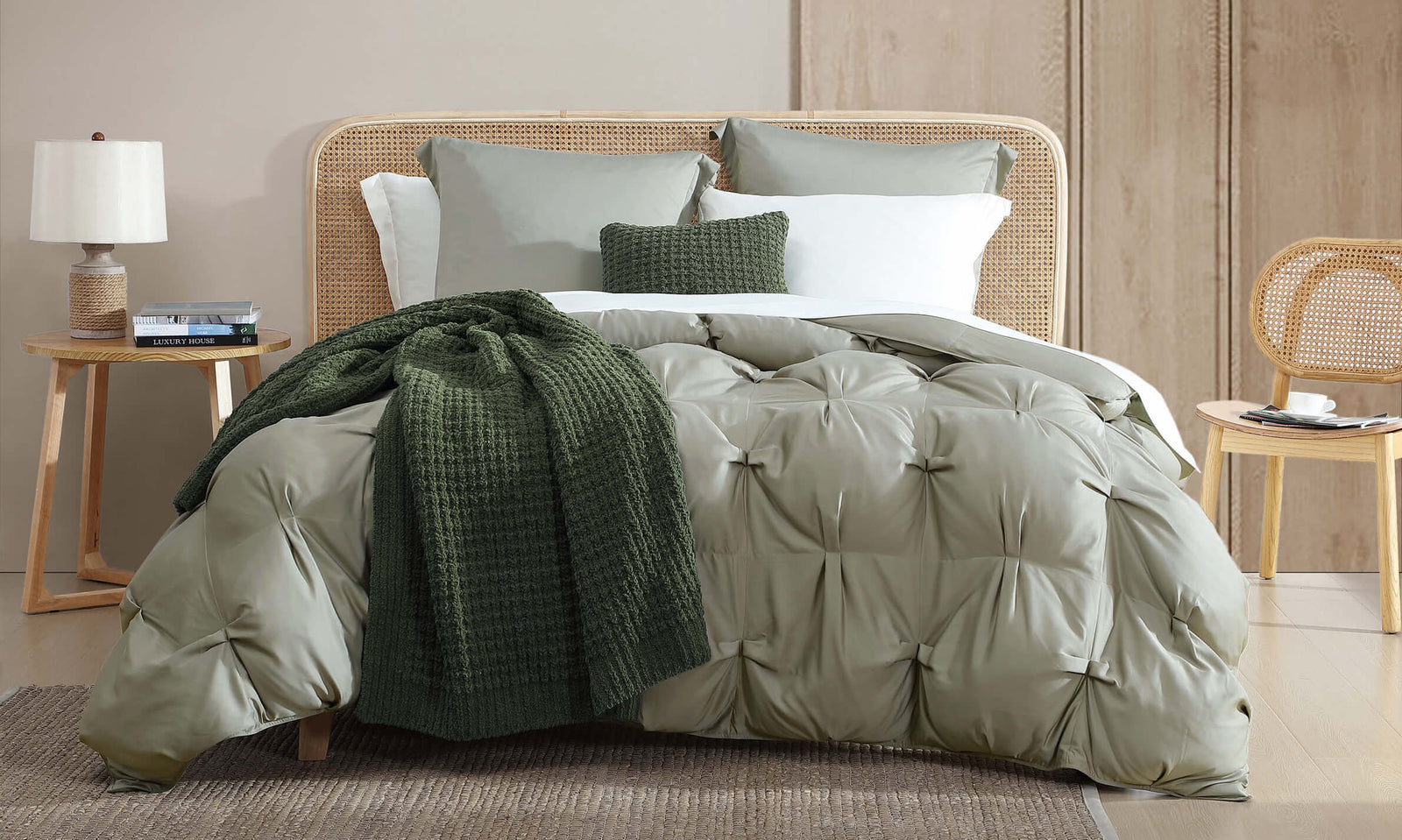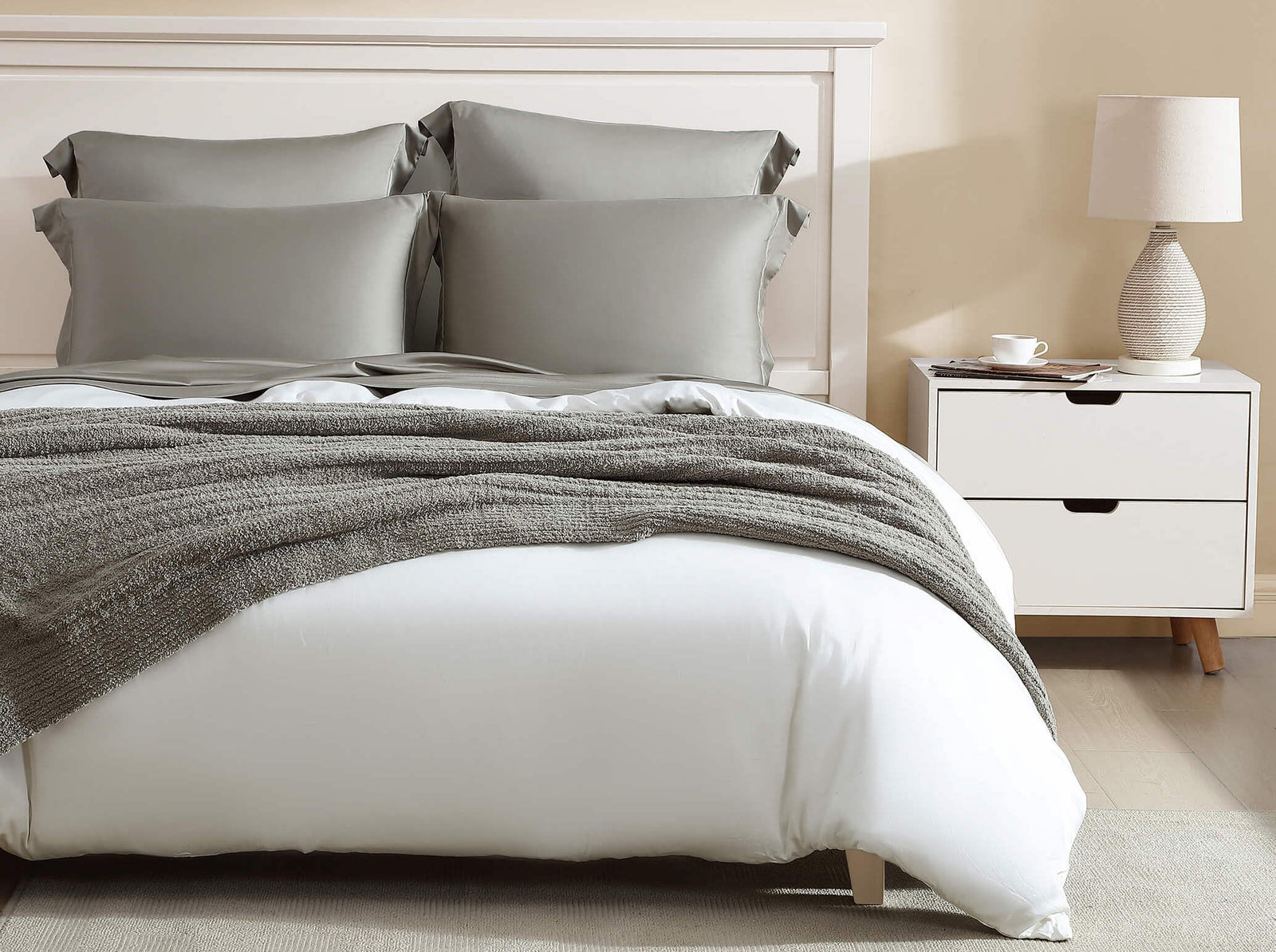Styling your bed with throws and blankets not only adds warmth and comfort but also brings a touch of personality and elegance to your bedroom. Whether you're updating your bedroom for a new season or just want to freshen up your space, mastering the art of layering with various textiles can transform your sleeping area into a stylish and cozy retreat. This guide will walk you through the essentials of layering and offer tips on choosing the right pieces for your bedding ensemble.
Understanding the Basics of Bed Layering
Layering your bed involves more than just piling on different fabrics. It’s about creating a balanced and harmonious look that invites relaxation. Start with the following layers:
- **Base Layer**: A fitted sheet set as the foundation.
- **Second Layer**: A top sheet followed by a lightweight blanket or quilt.
- **Top Layer**: A heavier duvet or comforter for additional warmth.
- **Decorative Layer**: Throws and decorative blankets to add texture and color.
Choosing the Right Throws and Blankets
Material Matters
- **Cotton**: Ideal for all seasons due to its breathability and softness.
- **Wool**: Perfect for colder months, offering excellent warmth.
- **Fleece and Cashmere**: Add a luxurious feel and extra warmth, suitable for winter.
- **Linen**: Excellent for summer because of its light weight and moisture-wicking properties.
Colors and Patterns
Select throws and blankets that complement the overall color scheme of your bedroom. Use neutral tones for a serene look or bold patterns to make a statement. Mixing textures and patterns can add depth and interest to your bed.
Styling Techniques for Throws and Blankets
The Casual Throw
Simply drape a textured throw across the foot of the bed for an effortlessly chic look. This works well with chunky knit or woven throws.
The Neat Approach
Fold a large, light blanket in thirds and lay it across the bottom half of the bed for a tidy and inviting look. This is ideal for showcasing a blanket’s pattern or trim.
Layered Luxury
Use multiple blankets in varying textures but complementary colors for a rich, layered effect. Start with a lighter, softer blanket on the bottom and a heavier, decorative one on top.
Seasonal Switches
Adjust your layering technique with the seasons—light, breathable fabrics in the summer and warmer, denser materials in the winter.
Care and Maintenance Tips
To keep your throws and blankets in pristine condition, follow care labels closely. Most cotton and synthetic fabrics are machine washable, whereas wool and cashmere may require hand washing or professional cleaning.
Where to Shop
Explore a range of options from boutique bedding stores to online retailers. Look for quality materials and consider sustainable brands for eco-friendly choices.
Conclusion
Layering throws and blankets is an art that enhances the comfort and style of your bedroom. With the right techniques, you can create a welcoming and beautiful bed that reflects your personal style and adapts to every season.
---
Frequently Asked Questions About Layering Throws and Blankets
How many layers of blankets is too many?
The right number of layers depends on your personal comfort and the season. Typically, two to three layers (a light blanket, a duvet, and a decorative throw) are sufficient to provide comfort without overwhelming the bed.
Can I mix different materials in my bed layers?
Absolutely! Mixing materials can add depth and interest. For example, a linen duvet with a wool throw can create a delightful texture contrast while providing practical temperature regulation.
How do I choose the right size throw for my bed?
Throws generally come in standard sizes, but for a king or queen bed, look for larger throws that can cover the width of the bed without looking out of proportion. For smaller beds or when you want to accentuate, a smaller throw can be perfect.
What’s the best way to store throws and blankets when not in use?
Store your throws and blankets in a cool, dry place. Use breathable cotton bags for natural fibers to prevent moisture buildup and fold them neatly to avoid permanent creasing.
Is it okay to use throws as the only blanket during summer?
Yes, if the throw is made from a light material like cotton or linen, it can serve as an excellent single layer during warmer months, providing just enough warmth without overheating.
